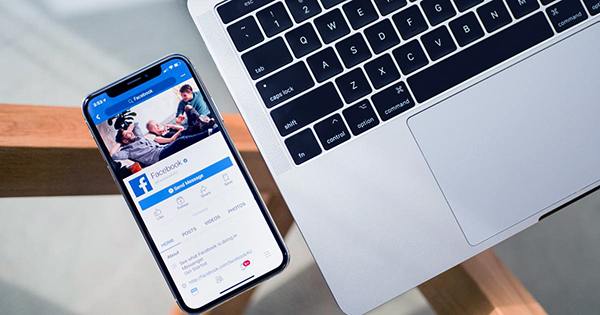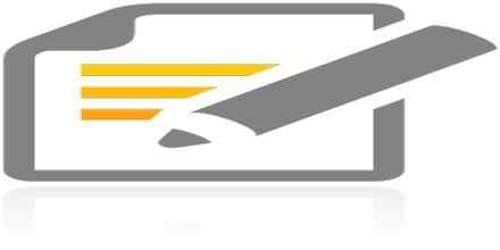Perfboard (also known as DOT PCB) is a material used for prototyping electronic circuits. It is also known as protoboard or stripboard. It is a thin, rigid sheet with pre-drilled holes at standard intervals across a grid, typically a square grid with 0.1 inch (2.54 mm) spacing. It is made up of a thin insulating board, typically made of fiberglass or phenolic material, with a pattern of pre-drilled holes. Round or square copper pads surround these holes, though bare boards are also available. These holes are for soldering and mounting electronic components.
Perfboard is a versatile platform for building circuits that eliminates the need for custom-designed printed circuit boards (PCBs). Hobbyists, electronics enthusiasts, and engineers frequently use it to create one-off or small-scale electronic projects. By providing a grid of interconnected holes that can accommodate through-hole electronic components, perfboard enables quick assembly and modification of circuits.
Pads on only one side of the board are common on low-cost perfboard, whereas pads on both sides (plate-through holes) are common on higher-quality perfboard. Because each pad is electrically isolated, the builder uses wire wrap or miniature point-to-point wiring techniques to connect them all. Discrete components such as resistors, capacitors, and integrated circuits are soldered to the prototype board. The substrate is typically made of paper laminated with phenolic resin (such as FR-2) or a fiberglass-reinforced epoxy laminate (FR-4).
To build a circuit on perfboard, you would typically start by planning the layout and component placement. The components are then inserted into the appropriate holes on the board, with their leads protruding on the opposite side. The leads are then bent and trimmed as needed. The components can be soldered onto the board to establish electrical connections between them, either using point-to-point wiring or by using copper traces on the perfboard.
Perfboard is available in a variety of sizes and configurations, including single-sided and double-sided, with varying hole patterns and spacing between the holes. Some perfboards also have copper traces pre-etched on one or both sides, making it easier to connect components without additional wiring.
Overall, perfboard is a versatile and affordable tool for prototyping and experimenting with electronic circuits, allowing for rapid iterations and changes during the development process. It strikes a good balance between flexibility and usability, making it appropriate for a wide range of electronic projects.
















